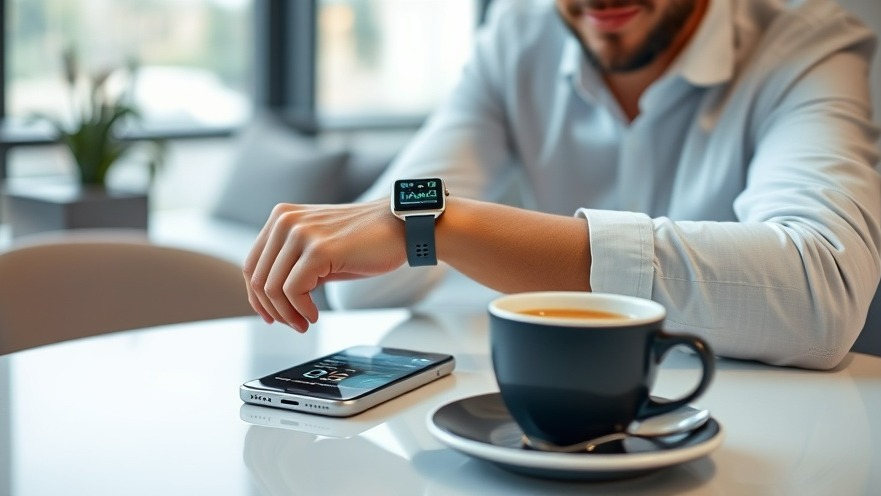
Unlocking Preventive Health with AI-Driven Wearables
In an era where technology permeates every aspect of our lives, the integration of artificial intelligence (AI) and smart sensors is reshaping how we approach preventive healthcare. Think of it as turning your wristwatch into a health monitor that continuously assesses your body's condition, akin to a car's check engine light but infinitely more refined.
Transforming Wearables into Health Guardians
Today, health and fitness trackers are ubiquitous. But what if these devices could truly function as vigilant health guardians? According to Dr. Shravan Aras from the University of Arizona, wearable sensors offer an unparalleled look into our biological functions. By harnessing data from these sensors, medical research is gaining new momentum. Dr. Aras emphasizes the collaborative power of computer science, stating, "I've always looked at computer science not in isolation, but as a collaborative tool—applied across domains to solve complex problems." This perspective is vital as we explore the intersection of technology and healthcare.
Predicting Labor Onset with Precision
One groundbreaking application of this technology is in maternal health. Currently, due dates are merely estimates, calculated by counting 40 weeks from the last menstrual period. Predicting labor onset remains a significant challenge with traditional methods leading to potential risks for mothers and infants. However, researchers are leveraging AI and data from smart rings to create models capable of accurately predicting labor onset. This innovation could drastically reduce complications arising from unplanned home births or insufficient medical responses during critical moments.
Comparing Conventional Methods to Innovative Solutions
The current standard relies heavily on self-reported signs of labor, which lacks reliability. Traditional tools fail to provide a clear signal for healthcare providers. By using wearables, we usher in a new era that minimizes the guesswork. These sensors monitor vital signs and patterns, enabling timely responses from healthcare providers and potentially shaping better maternal health outcomes.
The Broader Impact of AI on Preventive Care
Beyond maternal health, the implications of smart sensors in preventive care are profound. Wearable technology can continuously track a range of health parameters, from heart rates to glucose levels, offering data that can signal early symptoms of potential issues. Such capabilities empower concierge health practitioners to personalize patient care, tailor interventions, and maintain proactive wellness strategies rather than reactive healthcare. This transition requires practitioners to embrace technology wholeheartedly while ensuring they interpret the data meaningfully.
Future Predictions: The Next Frontier in Health Tech
Looking ahead, the future of healthcare lies in the hands of those willing to innovate and adapt. Combining AI technologies with wearables has the potential to revolutionize not only individual patient care but also clinical workflows and health research paradigms. As AI becomes more sophisticated, we may even see customizable health solutions that evolve according to the unique biological landscape of each patient, tailoring interventions precisely when they're needed.
What Concierge Medical Practitioners Should Know
For concierge health practitioners, staying ahead of these technological trends is vital. Understanding how to interpret data collected by wearables is essential for implementing effective preventive measures for patients. Engaging with these technologies not only enhances patient care but also positions health practitioners as leaders in a rapidly evolving medical field.
Call to Action: Embrace Wearable Technology
As we witness the confluence of AI and wearable technology, it's time for health practitioners to engage actively with these advancements. Consider integrating smart sensors into your patient care models. Equipping yourself with knowledge around these devices could translate directly into improved health outcomes for your patients.
 Add Row
Add Row  Add
Add 






Write A Comment